15 Effective Watering Tips to Beat the Heat in Your Garden
Caring for a garden in hot climates can be challenging, especially when it comes to watering. High temperatures can quickly dry out the soil, making it hard for plants to get the moisture they need. Proper watering techniques are essential to ensure your garden stays healthy and thrives in the heat. By making simple adjustments to your watering habits, you can save water and help your plants grow strong. From choosing the right time to water to using the best tools, these tips will help your garden survive and flourish.
This post may contain affiliate links, which helps keep this content free. Please read our disclosure for more info.
Water Early in the Morning
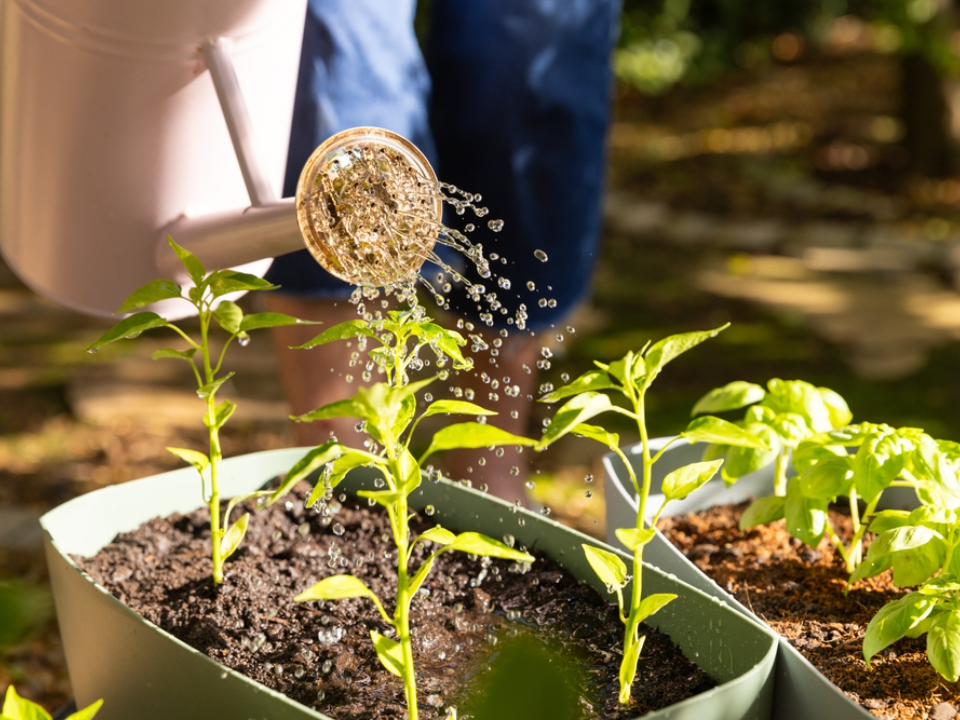
Watering your garden early in the morning, before the sun is at its peak, helps reduce evaporation and ensures that plants get the moisture they need. During the early hours, the temperature is cooler, and there is less wind, making it the perfect time to give your plants a drink.
Furthermore, watering in the morning allows the soil to dry out throughout the day, preventing fungal diseases that can thrive in damp, warm conditions. The longer the water sits on the plant leaves, the greater the chance of disease growth. By watering early, you can minimize these risks and ensure your garden receives the hydration it needs without compromising plant health.
Water Deeply and Less Frequently
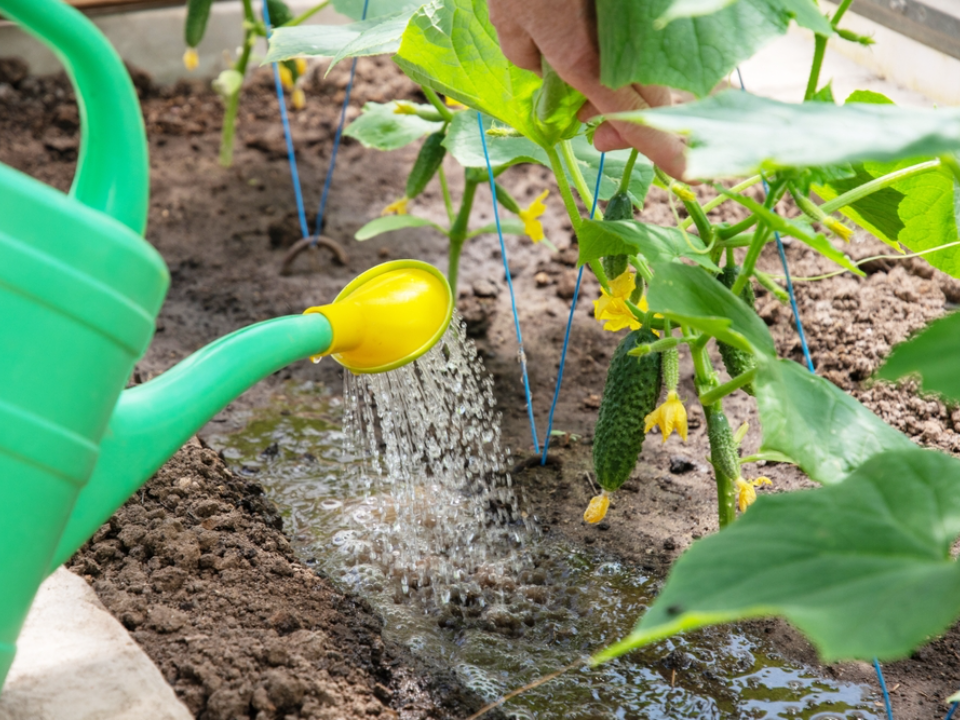
Rather than watering lightly every day, water deeply to encourage your plants’ roots to grow deeper. This practice helps them access moisture deeper in the soil, which is especially important in hot climates where surface-level moisture can dry out quickly.
Deep watering also helps the soil retain moisture for a longer period, reducing the need for daily watering. The deep water penetrates further, ensuring that your plants have access to moisture even during periods of intense heat. Additionally, this method encourages healthier root systems, which are crucial for strong plant growth and long-term survival in hot weather.
Use Mulch to Retain Moisture
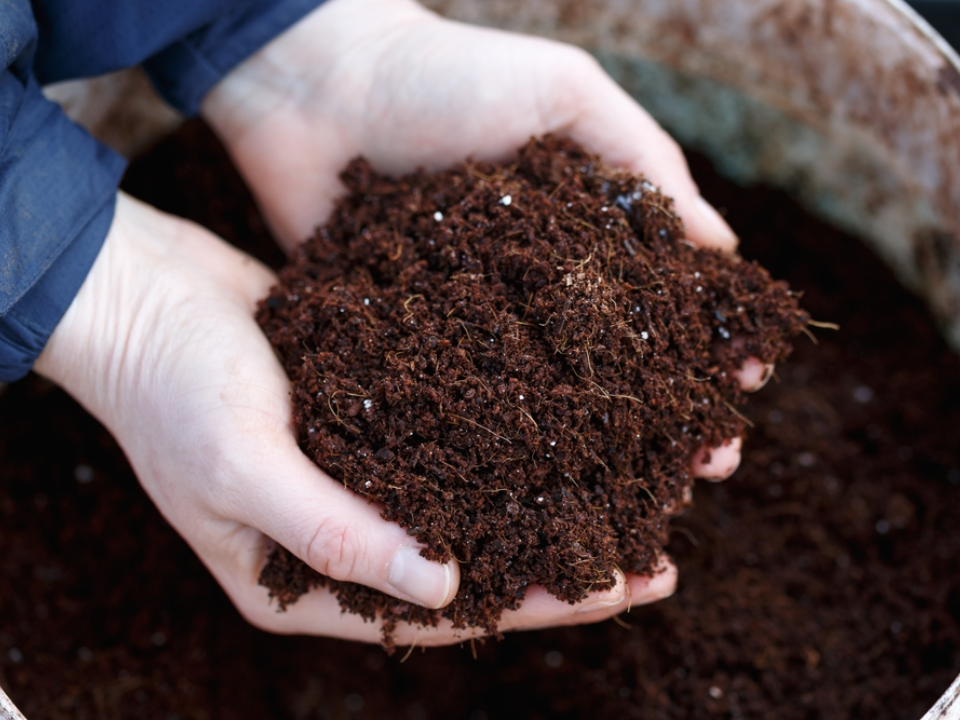
Mulching around your plants can significantly help retain moisture in the soil. A thick layer of mulch acts as a barrier that slows down evaporation and keeps the soil cool.
Mulch also has the added benefit of improving soil structure and preventing soil compaction. As the mulch decomposes, it adds valuable nutrients back into the soil, enriching it over time. Not only does this reduce the frequency of watering, but it also creates a healthier growing environment for your plants.
Use a Drip Irrigation System

Drip irrigation systems deliver water directly to the base of each plant, reducing water waste and ensuring that the roots get a consistent supply of moisture. These systems are particularly effective in hot climates where evaporation can quickly deplete water.
Unlike sprinklers, which tend to spray water onto leaves and flowers, drip irrigation keeps the foliage dry, reducing the risk of diseases like powdery mildew or rust. It also conserves water by limiting overspray and runoff, ensuring that every drop goes straight to the plants’ roots. Drip irrigation is a smart, long-term investment for maintaining a lush, healthy garden with minimal water waste.
Water at the Base of Plants
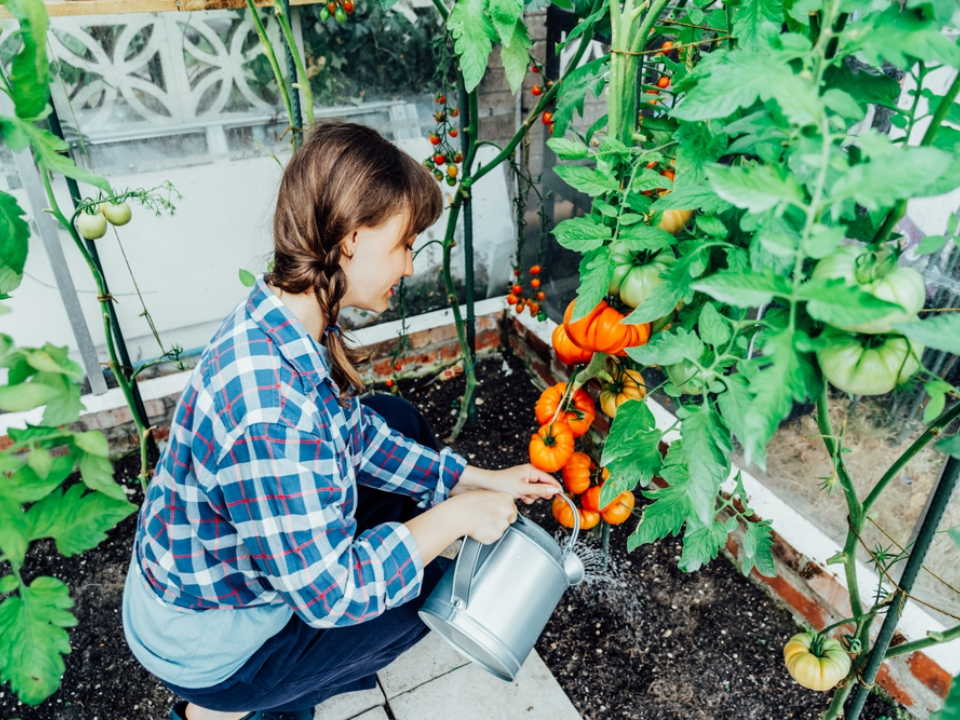
When watering, aim to direct the water at the base of your plants rather than spraying it over the entire plant. This ensures that the roots receive the majority of the moisture and prevents water from evaporating off the leaves.
Watering at the base of plants is also beneficial for reducing the likelihood of fungal diseases, as wet leaves provide a perfect environment for fungi to grow. Keeping the foliage dry helps maintain plant health while ensuring the roots receive all the water they need. This method also conserves water by eliminating wasteful spraying and focusing only on the areas that need it.
Adjust Watering for Different Plant Needs
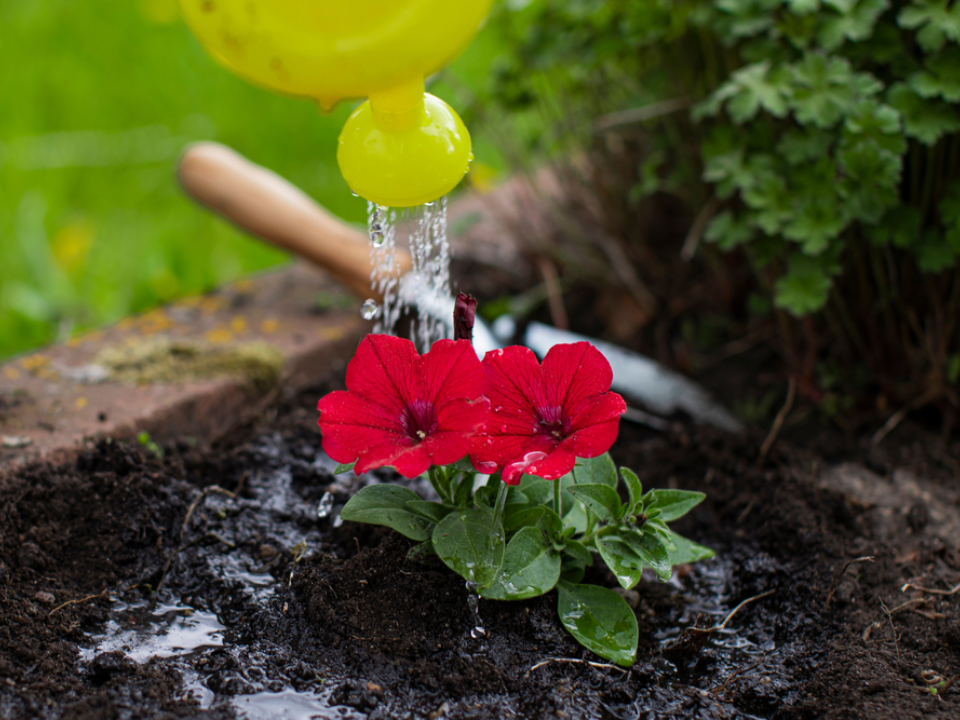
Each plant in your garden has different water requirements, so it’s important to adjust your watering schedule accordingly. Some plants, like succulents, need less water, while others, like vegetables, may require more frequent watering.
Understanding the specific needs of each plant allows you to tailor your watering schedule for maximum efficiency. Grouping plants with similar water needs together can also help streamline your watering efforts. This targeted approach ensures that each plant gets the right amount of moisture, conserving water and promoting healthy growth.
Water with Rain Barrels
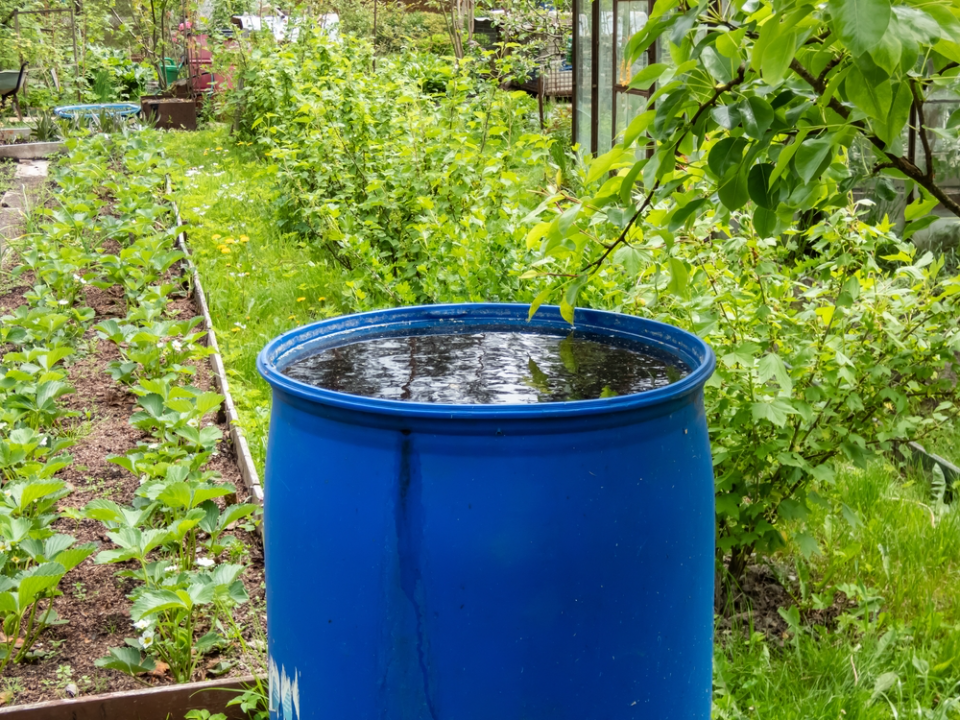
Rain barrels collect and store rainwater, which can be used for watering your garden during dry spells. Using rainwater reduces your reliance on municipal water sources and can help lower your water bills.
Rainwater is often better for plants than tap water because it does not contain chemicals like chlorine or fluoride, which can sometimes harm plant growth. By using rain barrels, you’re making a sustainable choice that benefits both your garden and the environment. Plus, rainwater is often softer and more suited to the needs of most plants, promoting healthier growth and more vibrant blooms.
Provide Shade During Peak Sun Hours
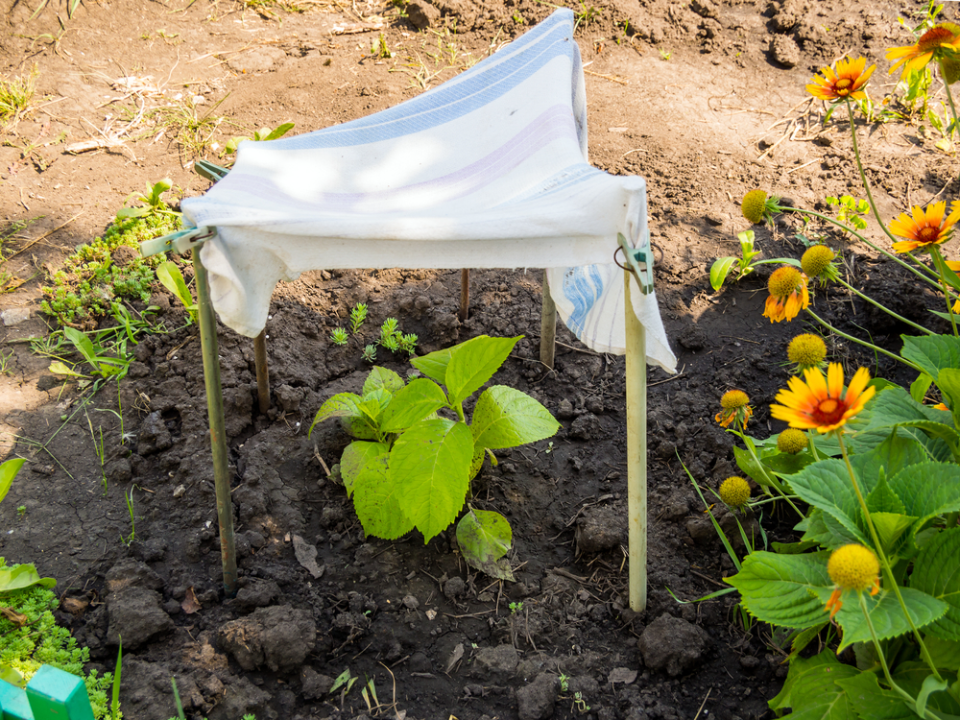
In extreme heat, providing some shade for your plants during the hottest part of the day can help reduce water loss and protect them from sunburn. Shade cloths or temporary structures can be used to shield plants from the sun without blocking airflow.
Creating shade during the hottest part of the day can help prevent excessive water evaporation from both the soil and the plants. It can also provide relief for your plants, reducing the stress they experience from direct exposure to the sun. This simple step can significantly improve your plants’ chances of survival and ensure they stay hydrated throughout the day.
Group Plants with Similar Watering Needs
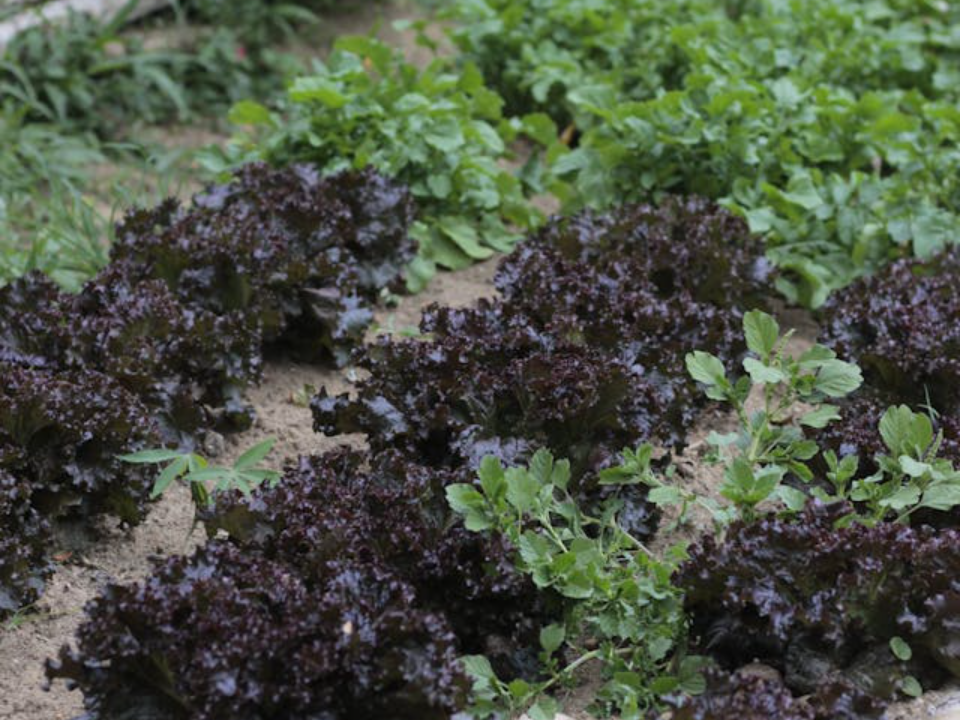
Grouping plants that have similar watering needs can help ensure that each plant receives the right amount of moisture without overwatering or underwatering others. This technique is particularly useful in gardens with a wide variety of plants.
In addition, grouping plants together based on their water needs allows you to water more efficiently and avoid wasting time and resources. It also makes it easier to monitor the moisture levels in your garden, as you can focus on the areas that need the most attention. This approach is especially helpful in gardens with a variety of plant types.
Use Soaker Hoses for Even Coverage
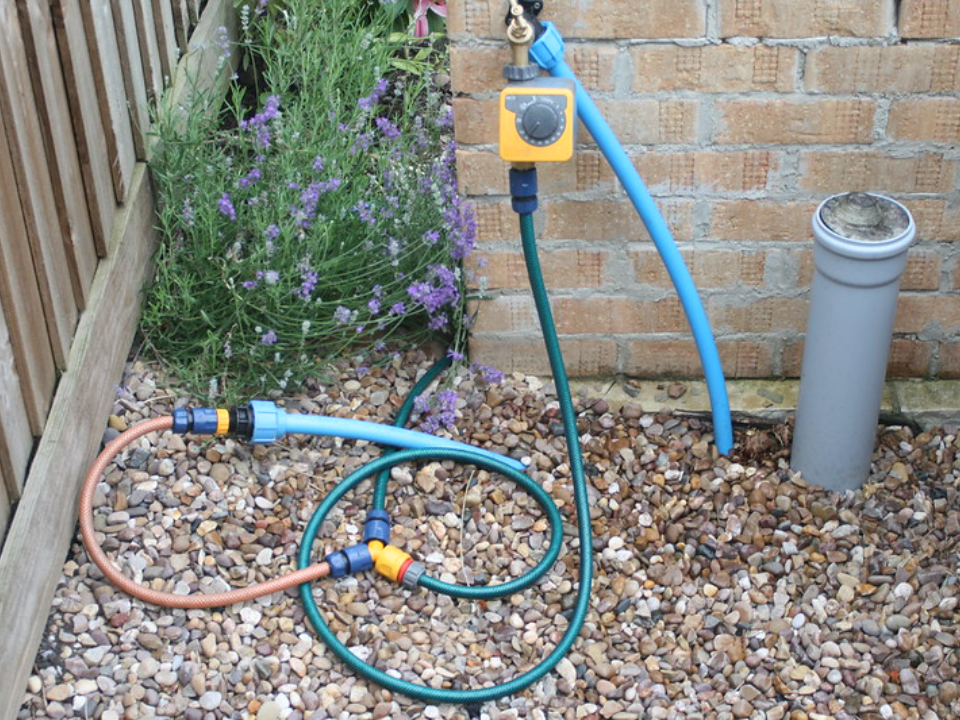
Soaker hoses are designed to provide even moisture distribution along their length, which is ideal for hot climates where deep watering is crucial. These hoses can be laid along rows of plants or around flower beds to deliver water directly to the soil.
Using soaker hoses also saves you time by watering multiple plants at once and eliminates the need for hand-watering each individual plant. They can be laid along rows of plants, around flower beds, or near trees to ensure that all areas of your garden receive adequate moisture. This method helps promote healthy root systems while conserving water.
Water During Dry Spells, Not After Rain
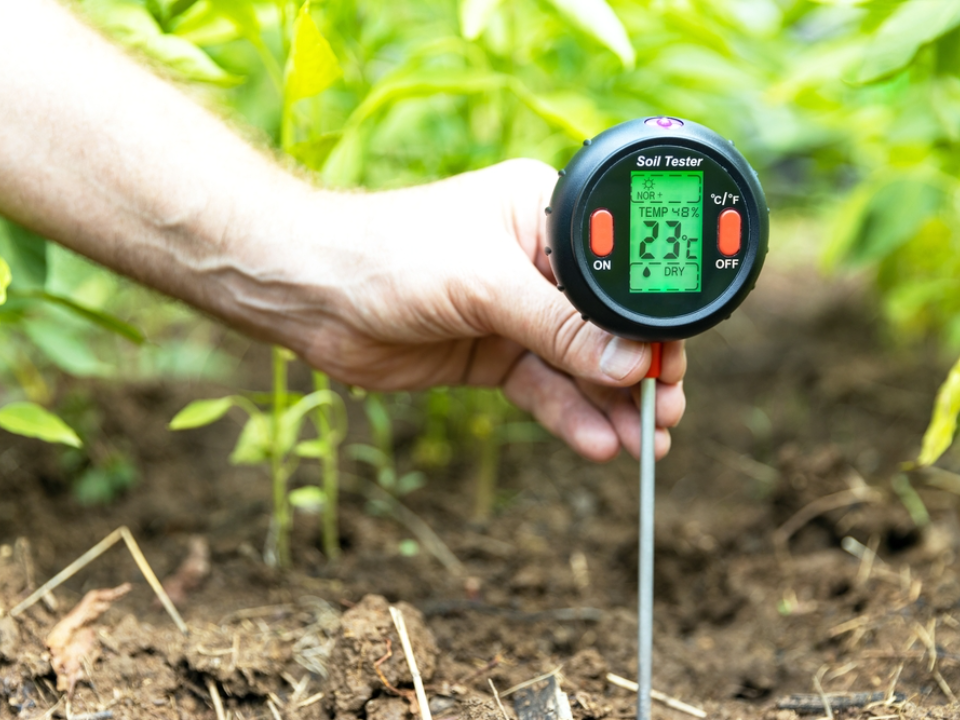
During periods of hot weather, it is crucial to avoid watering your garden immediately after it rains. If your garden has received adequate rainfall, additional watering may lead to waterlogging and other issues.
Instead, monitor the soil moisture level to determine when watering is truly necessary. During dry spells, it’s best to water deeply and thoroughly to ensure the roots get the moisture they need to thrive. By watering only, when necessary, you avoid wasting water and help your plants build resilience against dry conditions.
Water Slowly to Prevent Runoff
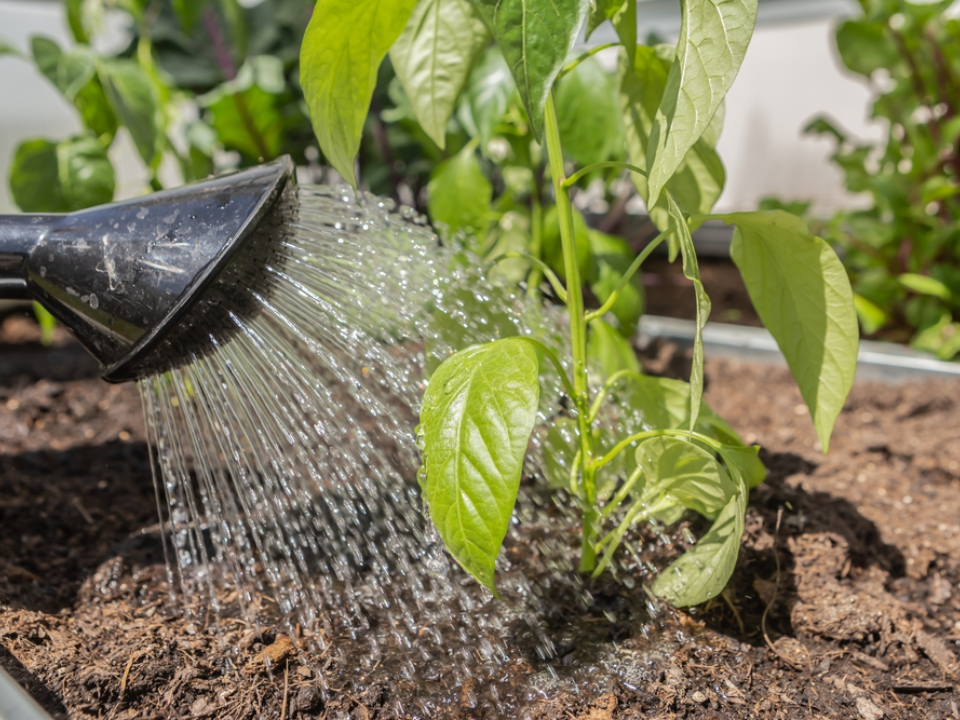
When watering, take your time to ensure that water seeps deeply into the soil rather than running off the surface. This is particularly important in areas with clay soil or slopes where water tends to pool or flow away quickly.
Allowing water to soak in slowly prevents soil erosion and helps ensure that your plants get the moisture they need. This method is particularly important in areas with clay or compacted soil, where water tends to pool or run off easily. By watering slowly, you give the soil time to absorb moisture, reducing the risk of erosion and ensuring your plants stay hydrated for longer periods.
Use a Water Timer for Consistency
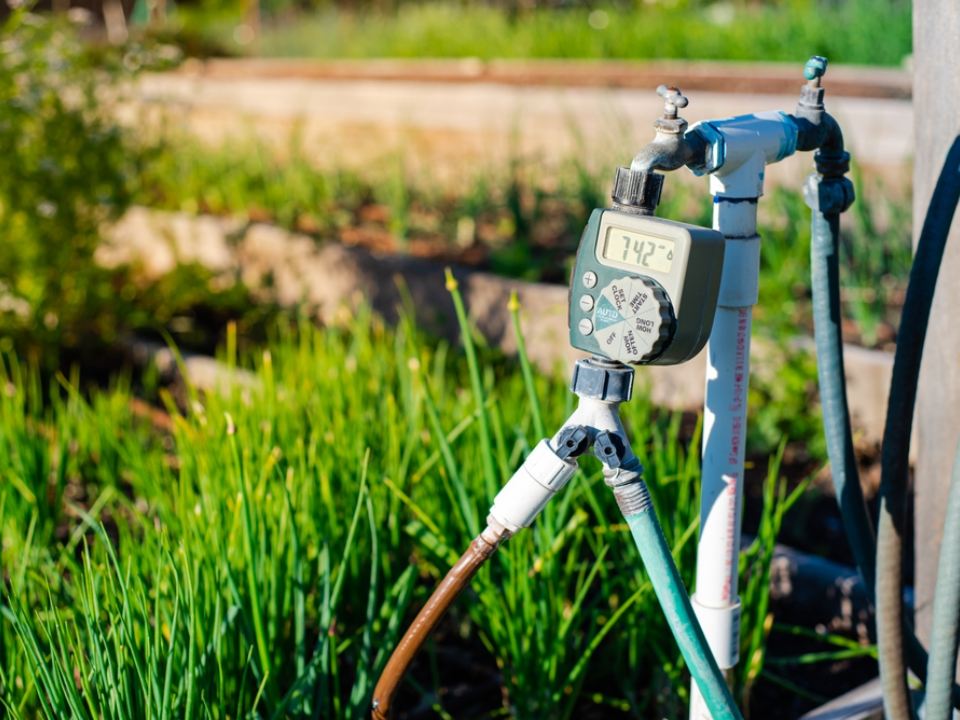
Using a water timer with your irrigation system helps maintain a consistent watering schedule, ensuring that your plants receive the same amount of water each time. Timers also prevent overwatering by shutting off the system automatically after a set duration.
This method reduces the chances of forgetfulness or inconsistent watering patterns. It can be especially helpful during the hot months when regular watering is essential for keeping your garden healthy. Water timers help you stay on top of your watering schedule and provide plants with the right amount of moisture without the need for constant supervision. Whether you’re using a sprinkler system or a drip irrigation setup, a timer can save you time and help maintain a steady watering routine.
Choose Drought-Tolerant Plants
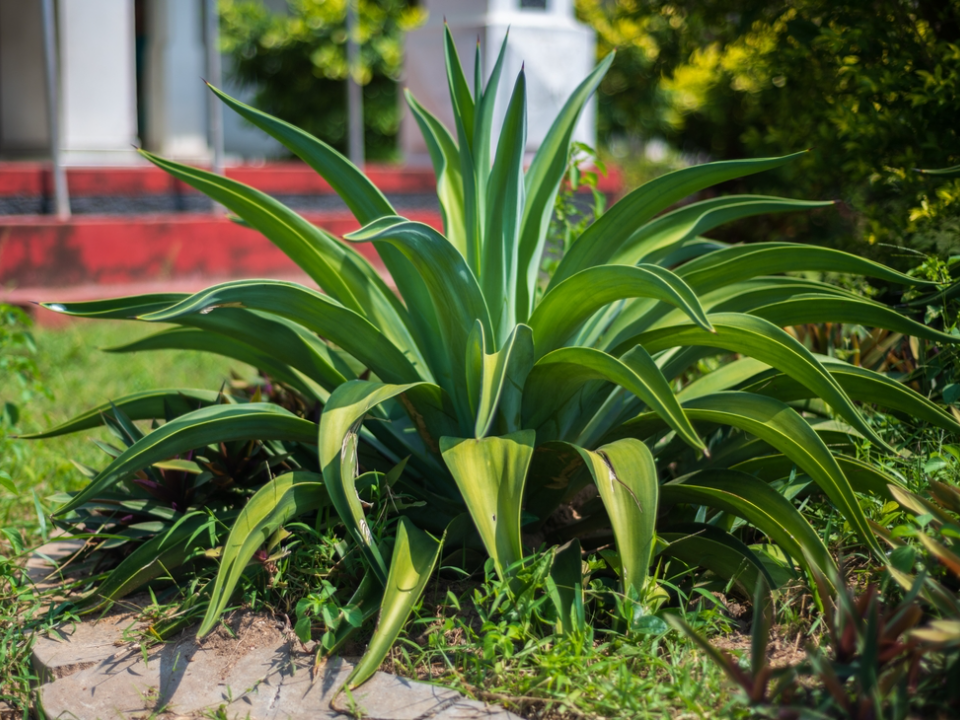
Planting drought-tolerant varieties can reduce the need for frequent watering in hot climates. These plants are designed to withstand periods of dryness and can thrive with less water than other plants.
By choosing drought-tolerant plants, you can have a beautiful garden that requires less maintenance. These plants are an excellent choice for conserving water while still enjoying a lush, vibrant garden.
Use Clay Pots for Better Moisture Retention
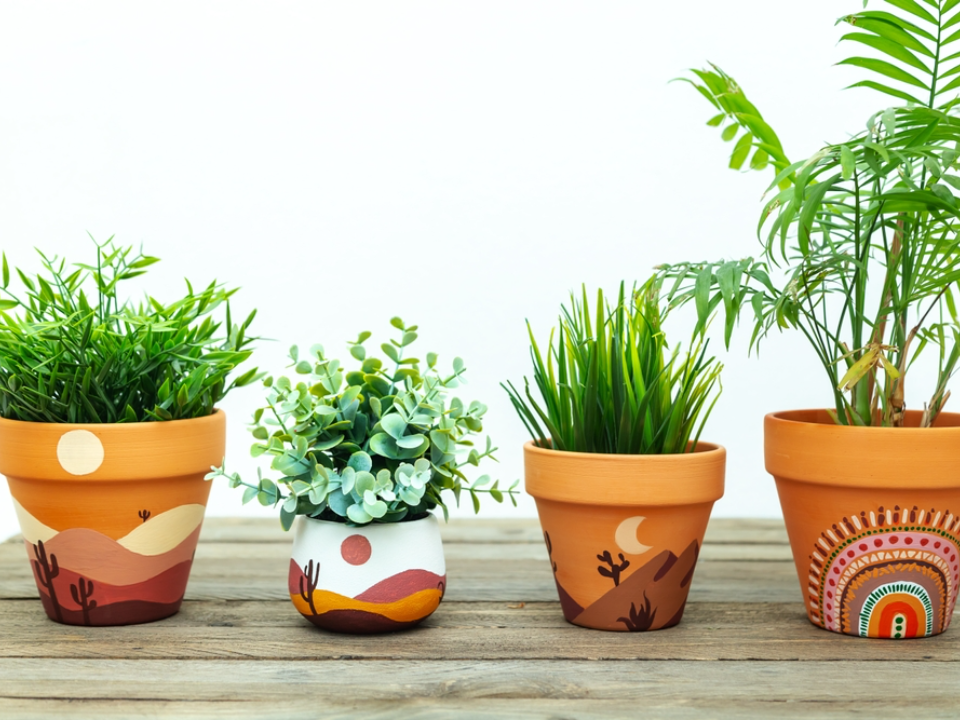
Clay pots are great for retaining moisture in hot climates. Their porous nature allows water to evaporate slowly, which can help maintain a consistent moisture level in the soil.
In addition to their moisture-retaining properties, clay pots are also great for insulating plants during hot weather. The thick walls of clay help regulate temperature fluctuations, providing a buffer against extreme heat and cold. This makes them an excellent choice for both outdoor and indoor gardening in hot climates.
This article originally appeared on Avocadu.
